Taiwanese car manufacturer Thunder Power has made some bold claims for a new electric saloon that it hopes will take on the Tesla Model S in 2019.
A pre-production prototype of the TP-01 is on display at the Frankfurt motor show, two years after the first concept version was revealed at the same location, with claims of a 577bhp electric powertrain that offers a 404-mile (NEDC) range.
These numbers are for the range-topping version of the still unnamed saloon, which is set to have a production run of just 488 units, to signify its 488kW output. It's said to be capable of accelerating from 0-62mph in under 4secs.
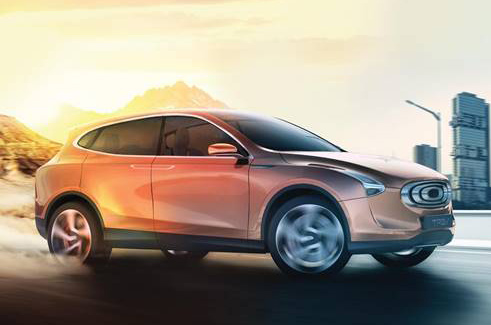
The car uses a 125kW battery pack, housed in an all-new, dedicated electric platform, which Thunder Power says offers two or all-wheel drive and torque vectoring from two or three motors, depending on the application.
The platform will also be used on a coupé model, also due in 2019, and an SUV that'll follow in 2020.
Thunder Power started as a Taiwanese tool company in 1987 but has recently hired Peter Tutzer and Franz Schulte in its attempt to make a move into the electric car market.
Tutzer is formerly of Bugatti and Lotus, while Schulte worked at Ford for more than 30 years.

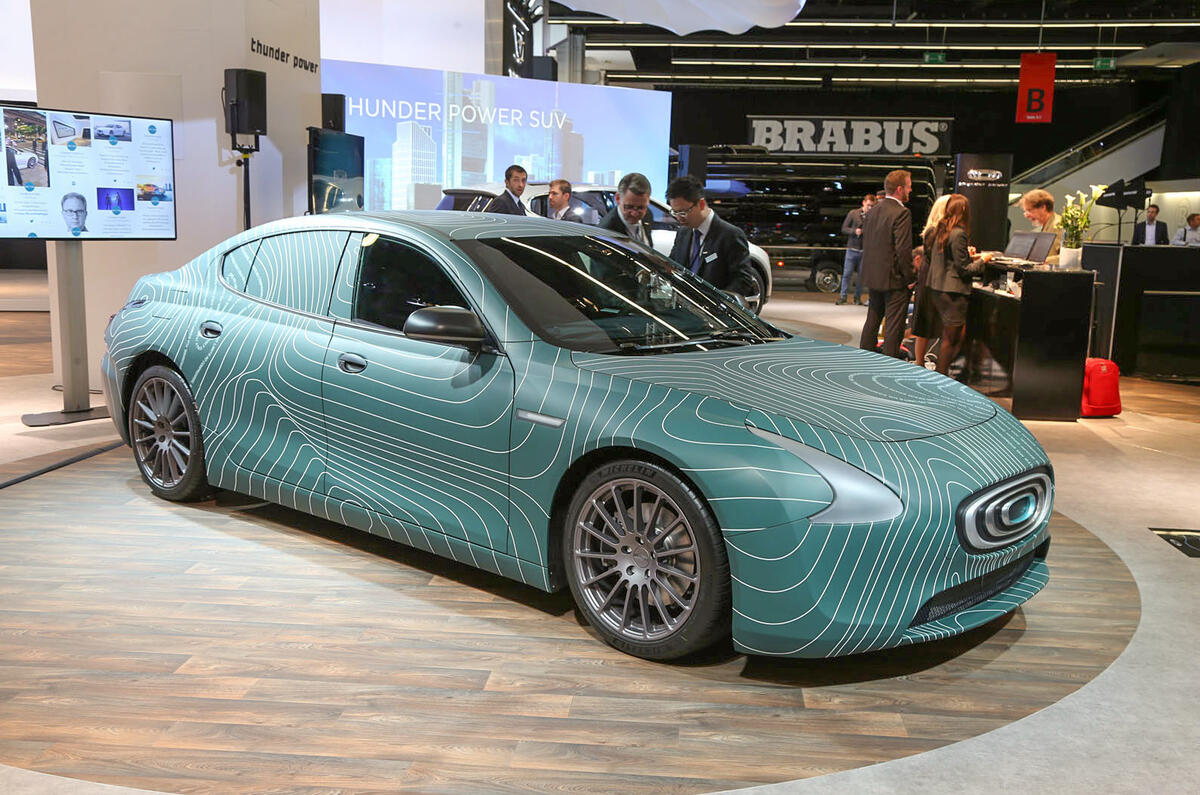
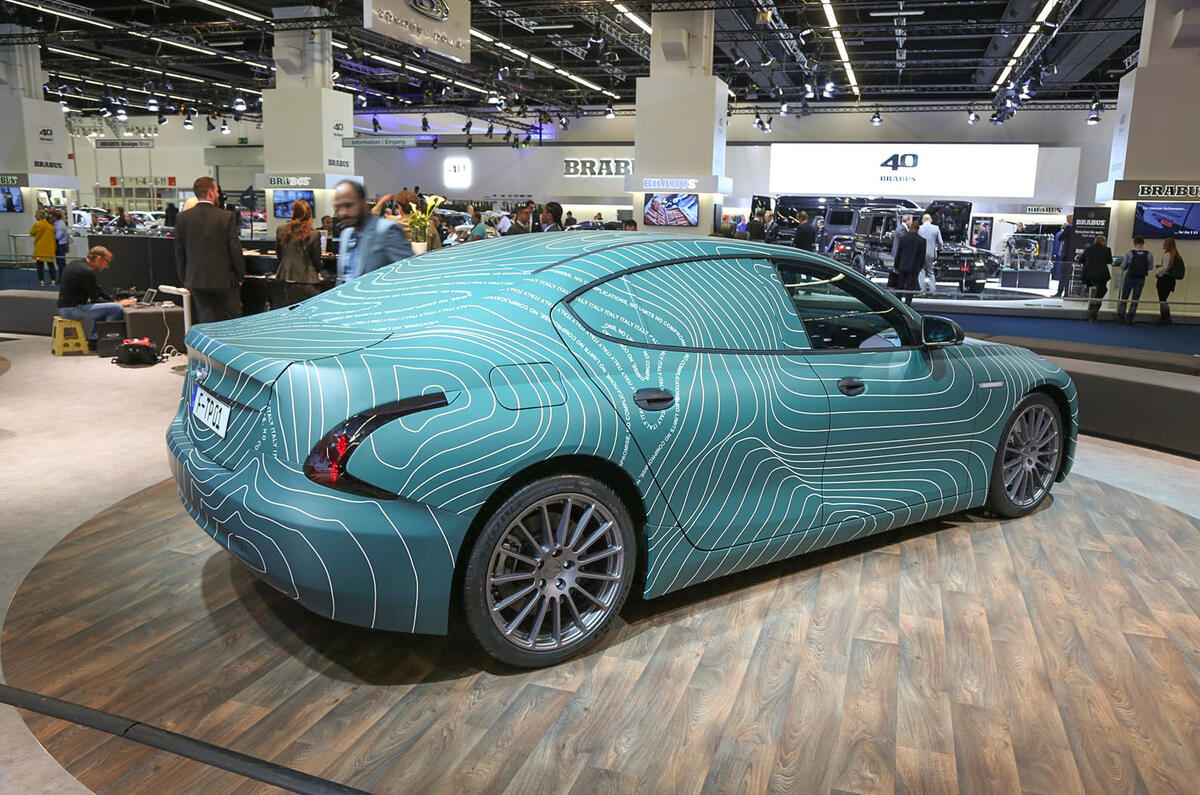
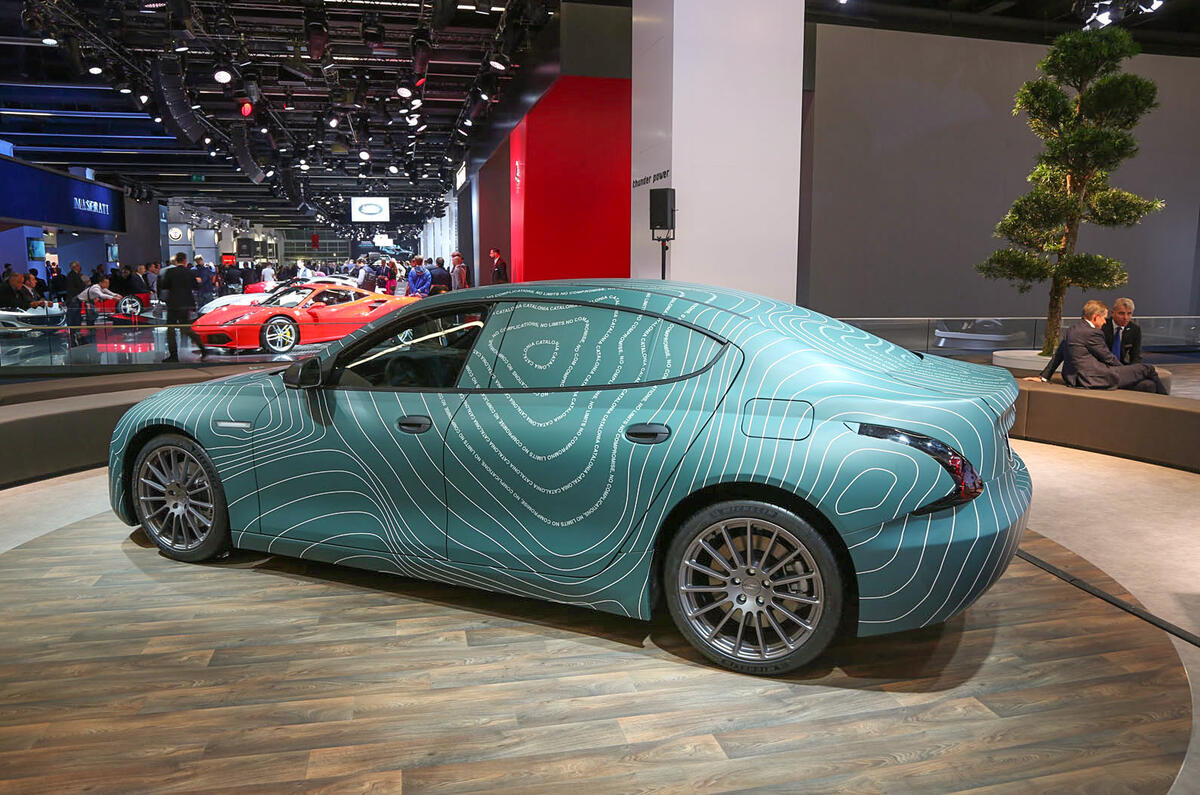
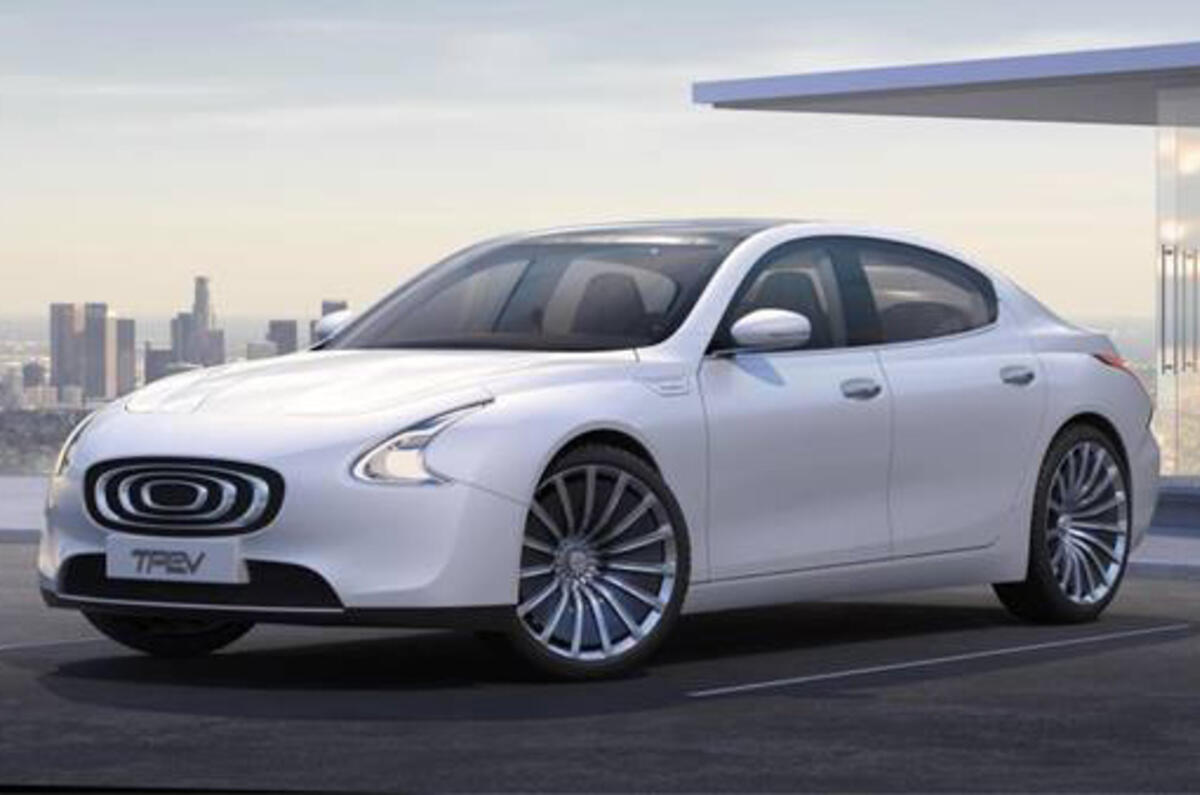
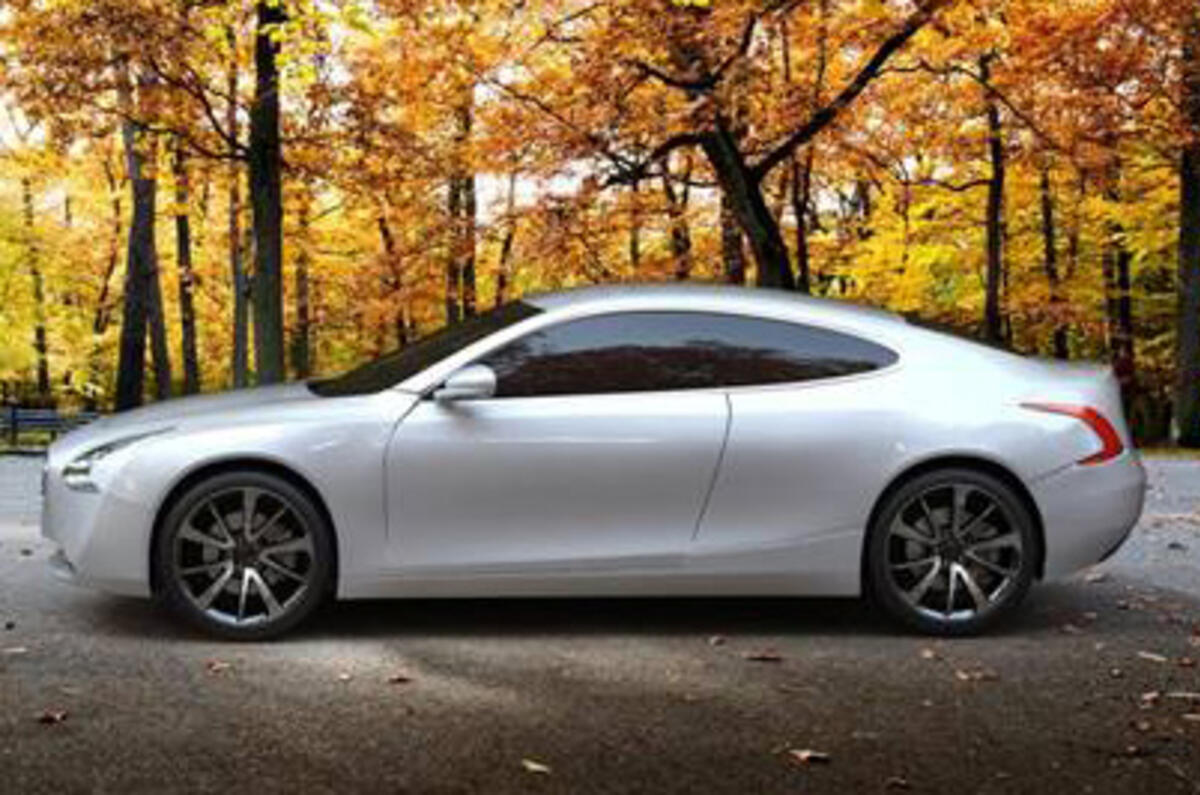
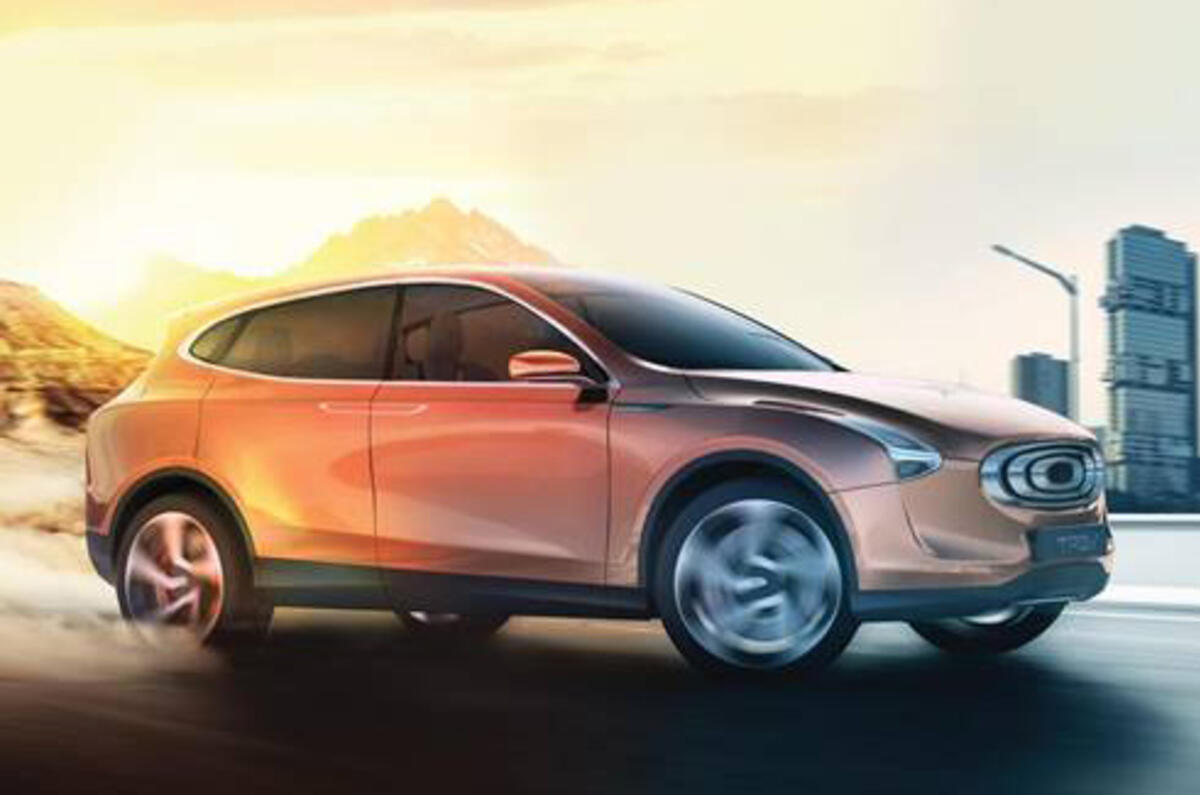
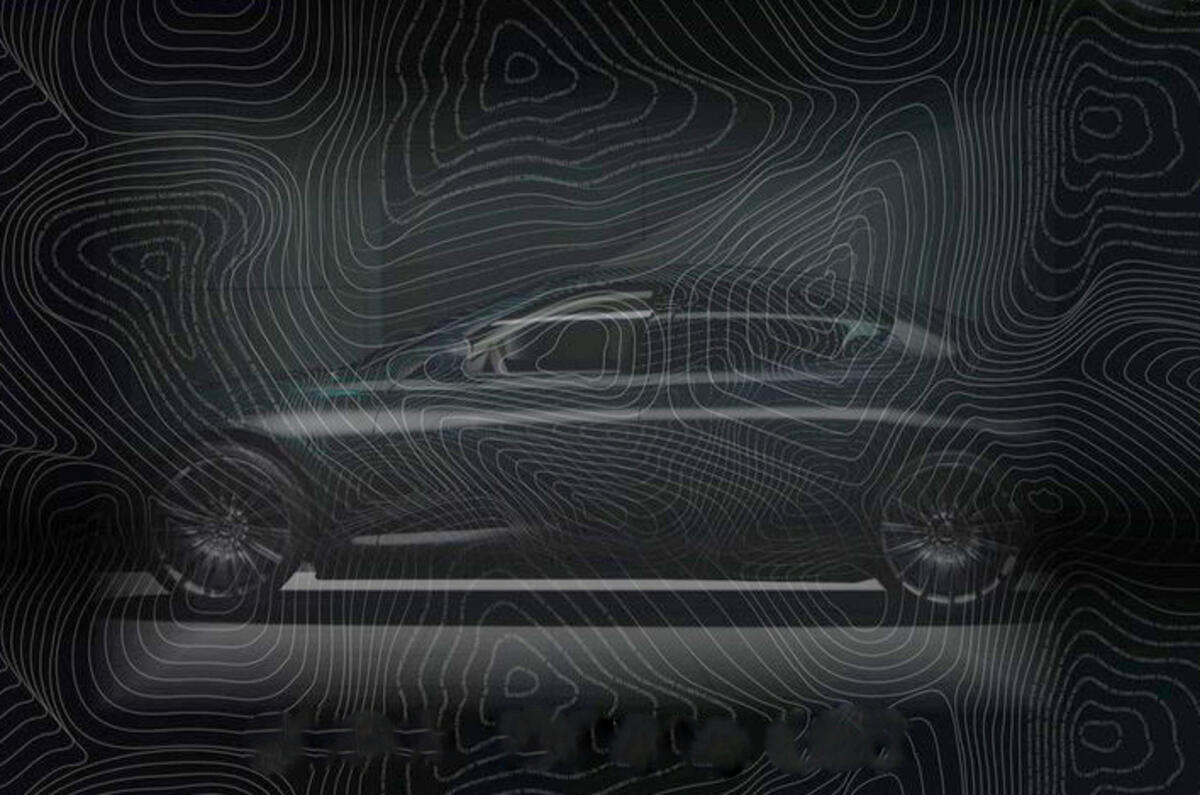
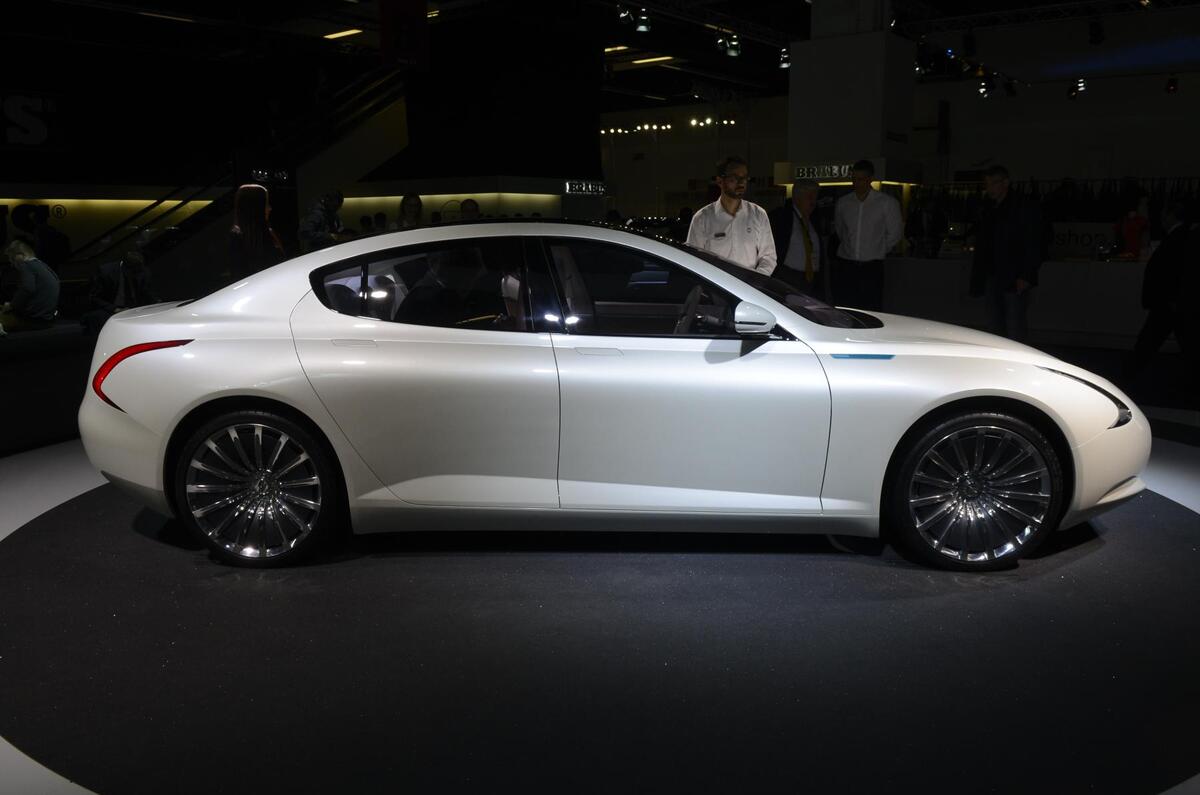
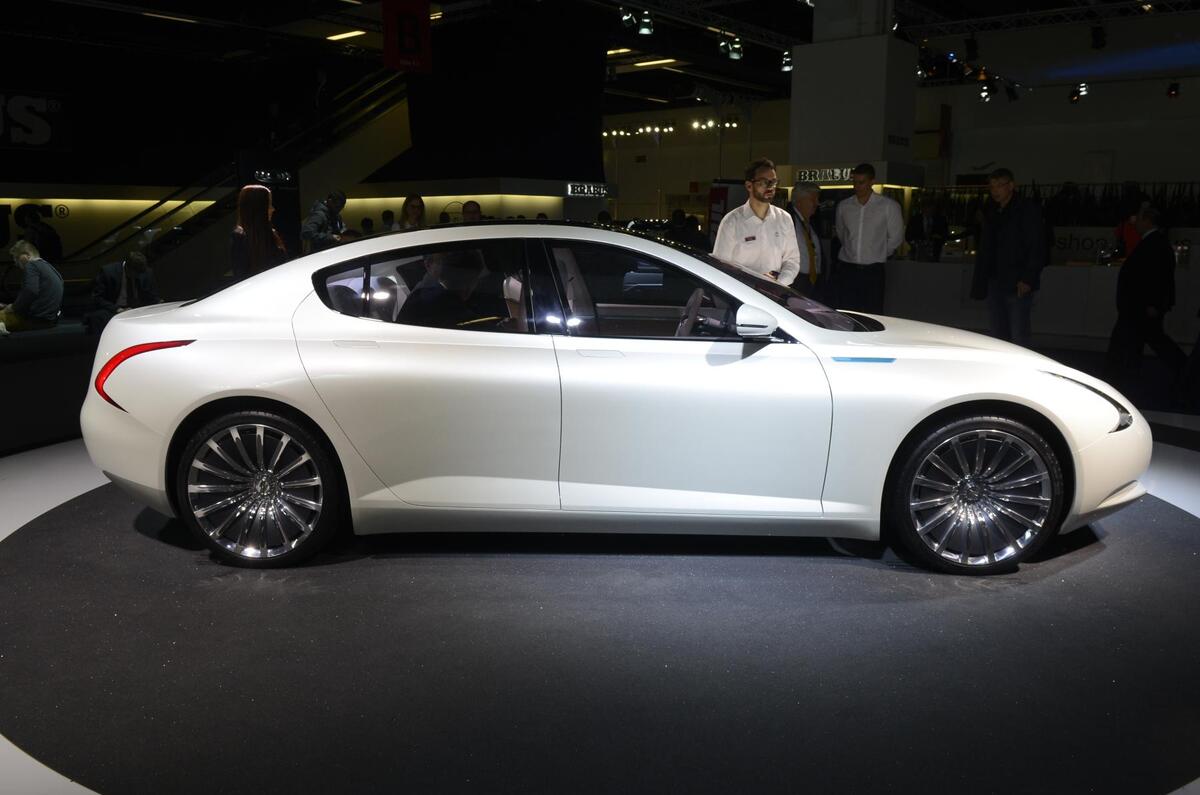
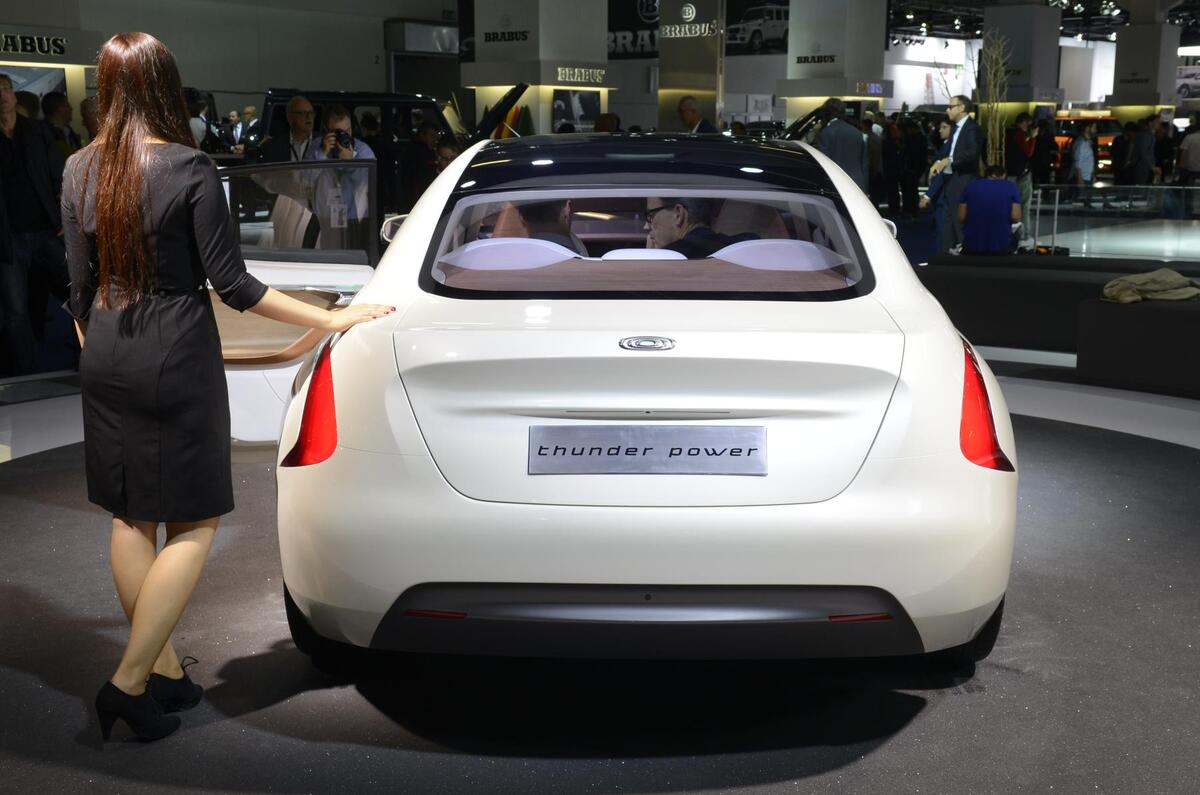
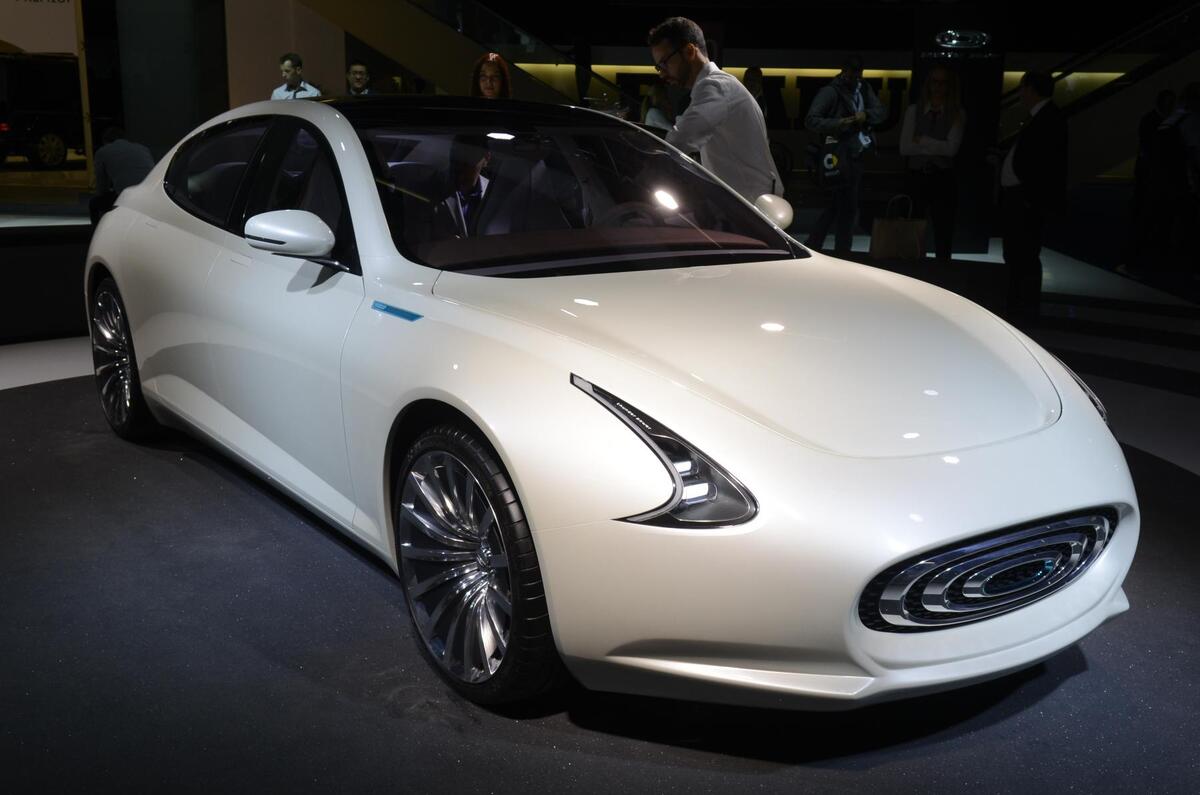
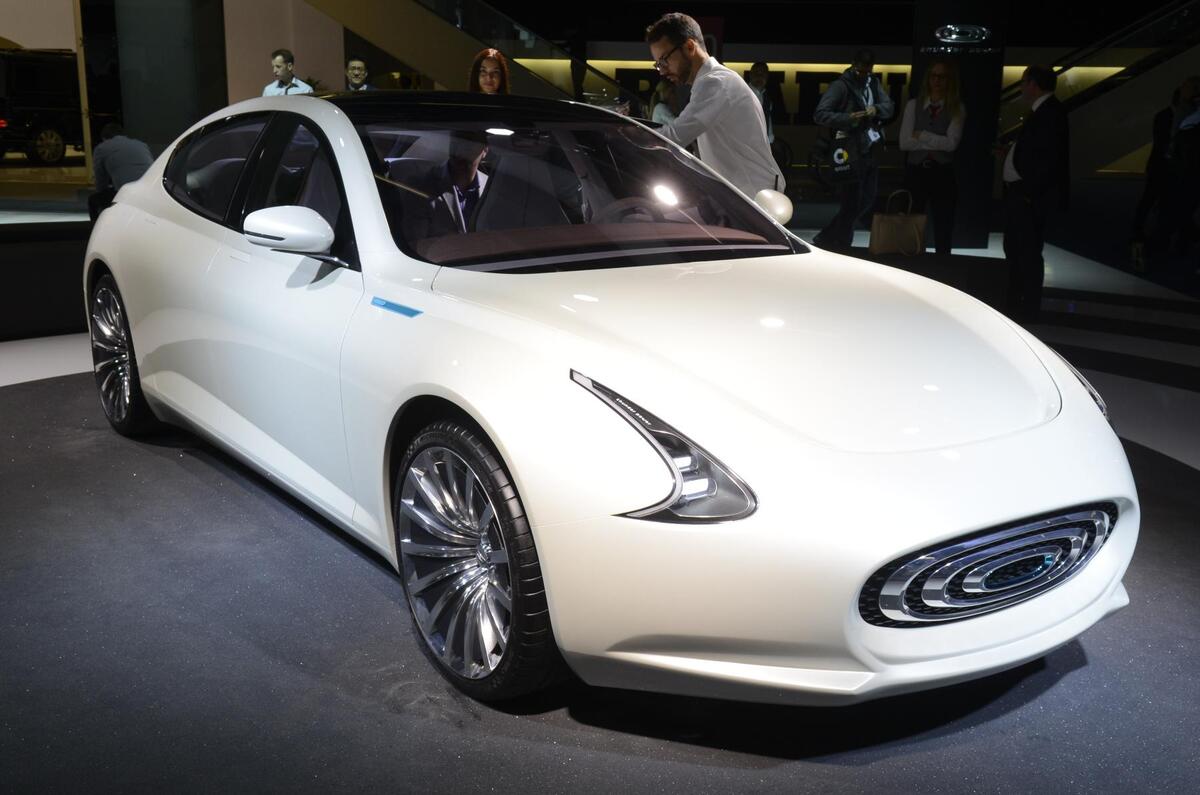
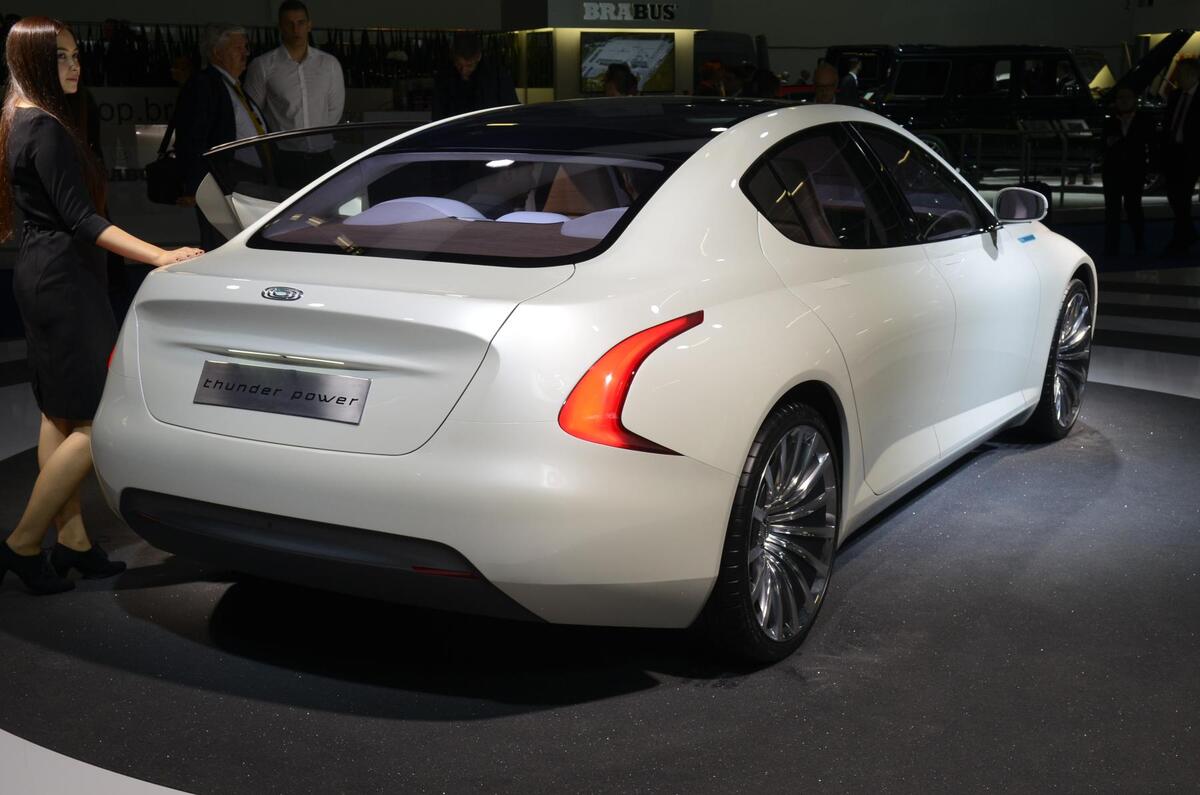
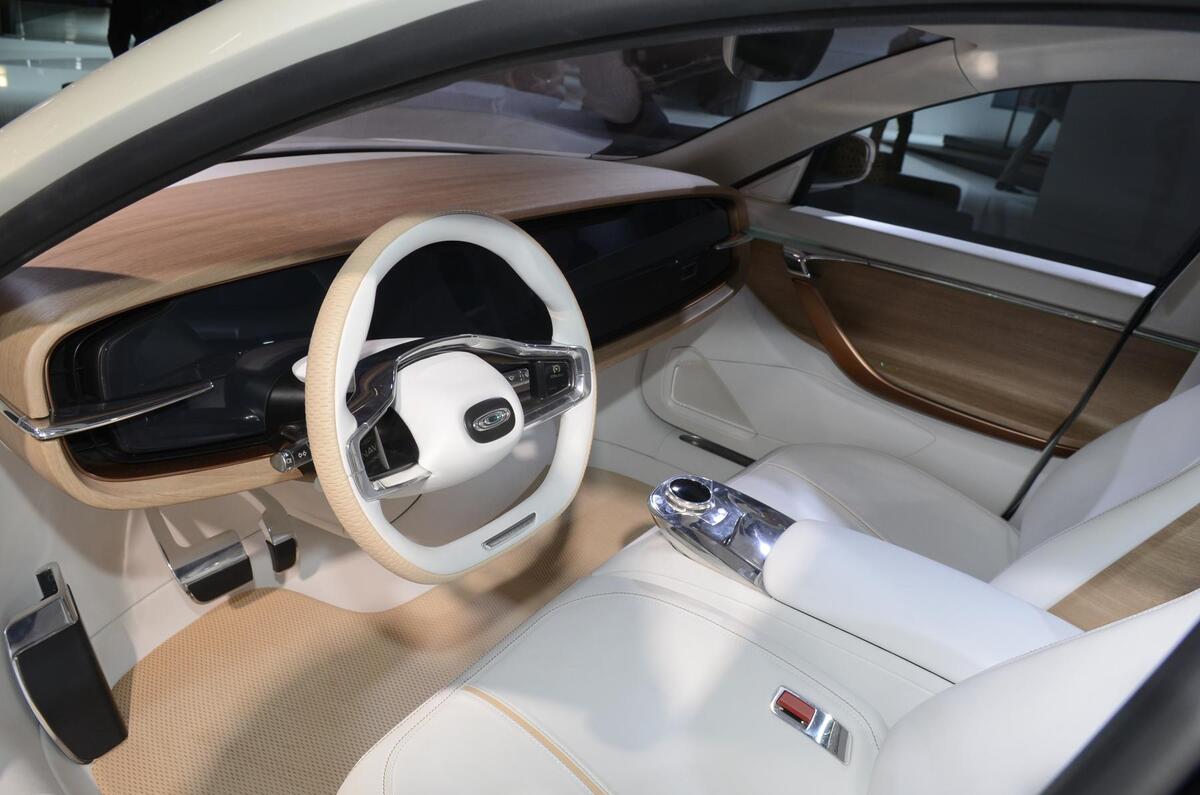
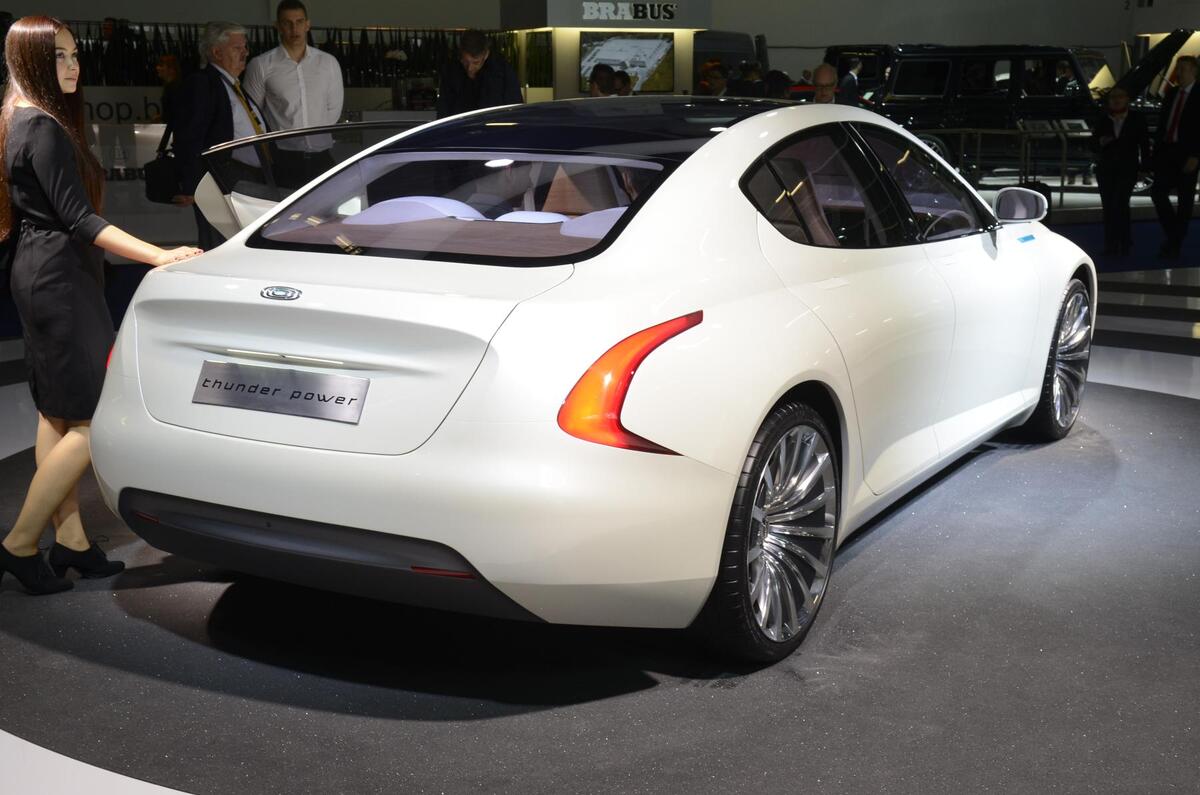
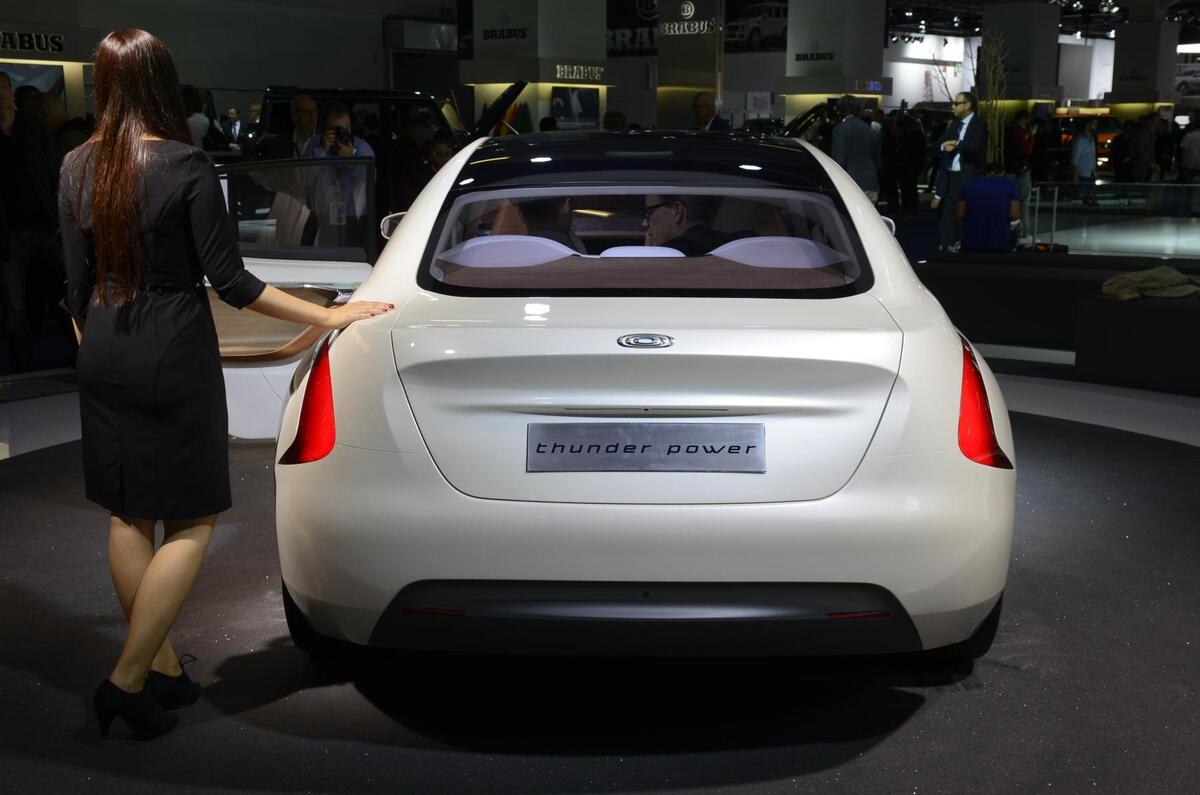
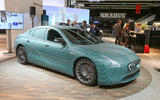
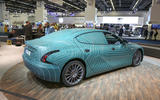

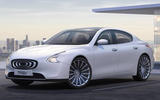
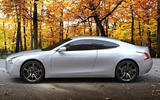


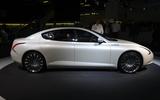
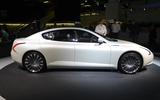
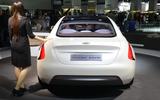
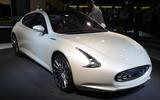

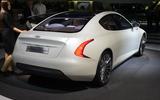
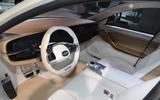
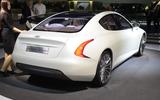
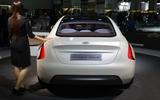


Join the debate
Add your comment
kW vs kWh
Saing that an electric car has a 320 kW battery is pretty much equivalent to saing that a petrol engined car has a 40 gal/hr fuel pump. Neither of these figures tells how powerfull the engine actually is or how much energy/fuel the battery/tank can actually store (whats the range of the car).
@halcyon and xxxx
Good Value
Stats